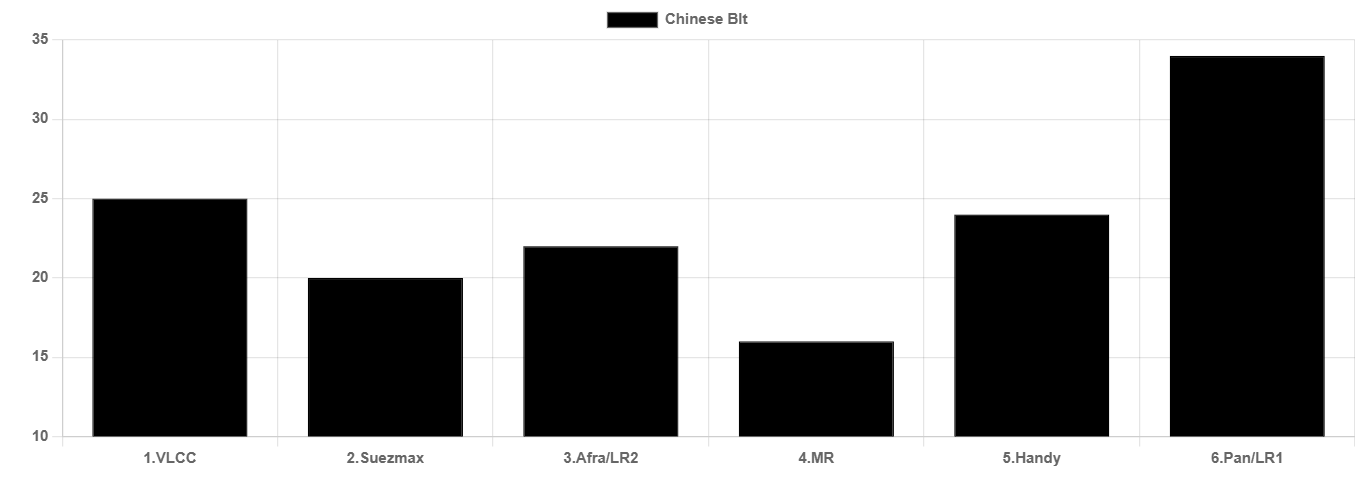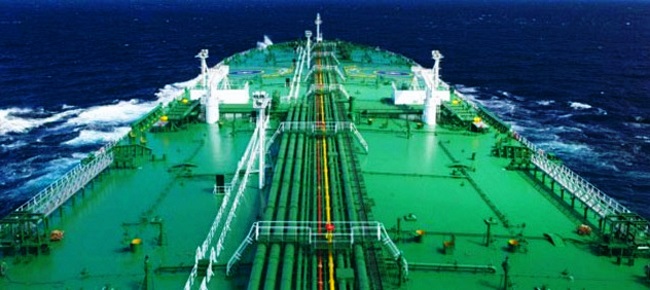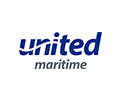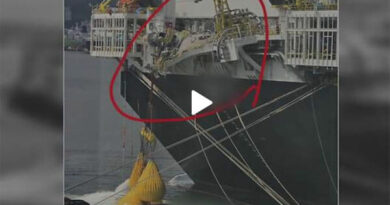Tanker Fleet Repositioning on the Cards After USTR Proposal

The USTR proposal with introduces charges against Chinese owned, built or operated vessels, is expected to lead to an extensive tanker fleet repositioning, mainly for the dirty tanker trade, as clean tankers aren’t affected, due to their smaller sizes. In its latest weekly report, shipbroker Gibson said that “after weeks of speculation, the Office of the United States Trade Representative (USTR) finally published their much-anticipated action plan to address alleged Chinese maritime dominance. Most international shipping companies were relieved to see almost all measures were significantly watered down. Notably, the “fleet composition” requirement has been dropped, so if an owner has Chinese built vessels, it will not impact their non-Chinese built vessels. However, the latest plan still has considerable ramifications for tankers. First, it is important to note that the USTR has again asked for public comments and will be holding a hearing on the 19th of May to discuss the proposed actions, so the final version may be subject to change. Second, the measures are scheduled to come into effect on the 14th of October after a phase in period of 180 days”.

Source: Gibson Shipbrokers
Gibson added that “for Chinese built but critically not owned or operated vessels, the measures are more complex as various exemptions may apply. Regardless of vessel size, if the tanker arrives in ballast, the voyage is less than 2000nm, or it is US beneficially owned, no fees will apply. Further, if the vessel is less than 55,000 dwt, or has a bulk capacity less than 80,000 dwt, no fees will apply. Under 55,000 dwt covers Handies and MRs, including chemical tankers, which are thus exempt from paying fees. The 80,000 dwt tonnes bulk capacity threshold should mean that Panamaxes/LR1s are also exempt. It is unclear how this would apply to Aframaxes, which typically carry 70-100,000 tonnes. Provided none of these exemptions apply, US port calls on a Chinese built vessel would be impacted, and a fee of $18/NT is set which will also increase over the next three years. This translates to a fee of around $1.9m for an average VLCC, $900k for a Suezmax, and $600k for an LR2/Aframax above 80,000 dwt bulk capacity. Discharging crude via STS may be a way to avoid fees, although this has not been specifically mentioned”.
“Due to the exemptions around vessel size, the fees will apply primarily to dirty tankers, with the vast bulk of clean trade into the US under 55,000 dwt requirement. Imports from Mexico and Colombia will be unaffected, as both these countries are within 2000nm of most major US Gulf refineries. Imports from Canada, which mainly go into the USWC, should also be unaffected. No Brazilian or Argentinian ports are within 2000nm of US ports, and around 200kbd of crude exports from South America into Los Angeles are affected”, the shipbroker said.
According to Gibson, “15% of tankers are Chinese owned or operated, though this varies strongly between vessel sizes, applying to only 6% of Handies and 24% of VLCCs. 22% of tankers are Chinese built, and this number is set to increase as 67% of newbuilds are on order at Chinese yards. It so far seems unlikely that we will see cancellations of newbuilding contracts at Chinese yards. Many owners will have enough diversity in the origin of their fleets to direct Chinese vessels away from US trade. Further, Chinese built vessels may be subject to a larger discount compared to Korean and Japanese built vessels. US owners are exempt from fees, though only 4% of the tanker fleet is US owned. One aspect of these plans is for US shipbuilding to be encouraged and ordering a ship of greater or equivalent tonnage can lead to the suspension of fees on another vessel. However, the current lack of capacity and cost competitiveness of US shipbuilding is unlikely to change any time soon”, the shipbroker noted.

Gibson concluded that “if the measures are implemented in their current form, we are likely to see some repositioning of tanker fleets. Chinese owned and operated vessels will no longer trade to the US, and non-Chinese owners of Chinese built vessels will likely position their fleet to avoid incurring any extra costs, if none of the exemptions apply. There remains a lack of clarity around certain definitions and loopholes, which may be cleared up at the next hearing on the 19th of May”.
Nikos Roussanoglou, Hellenic Shipping News Worldwide




